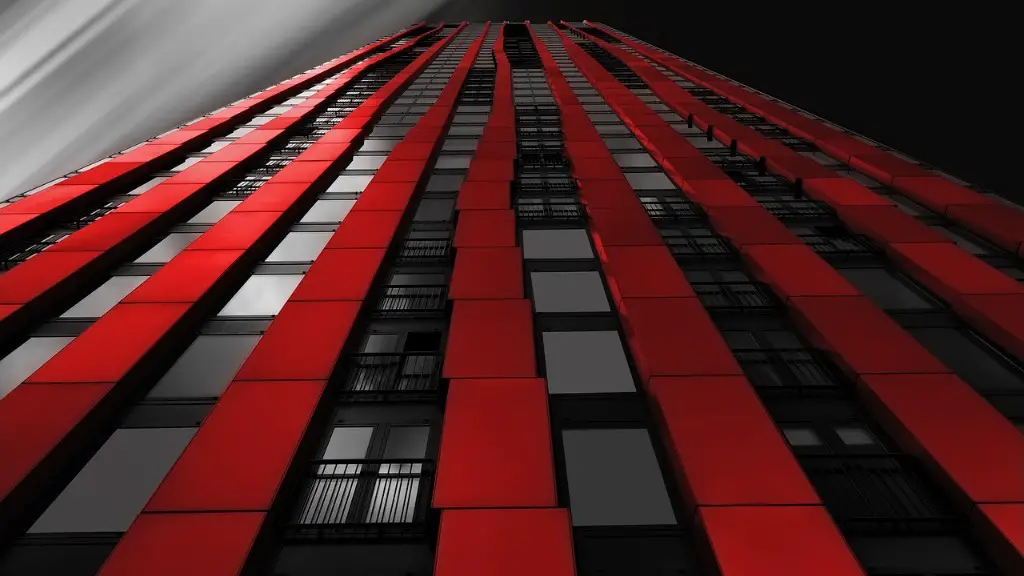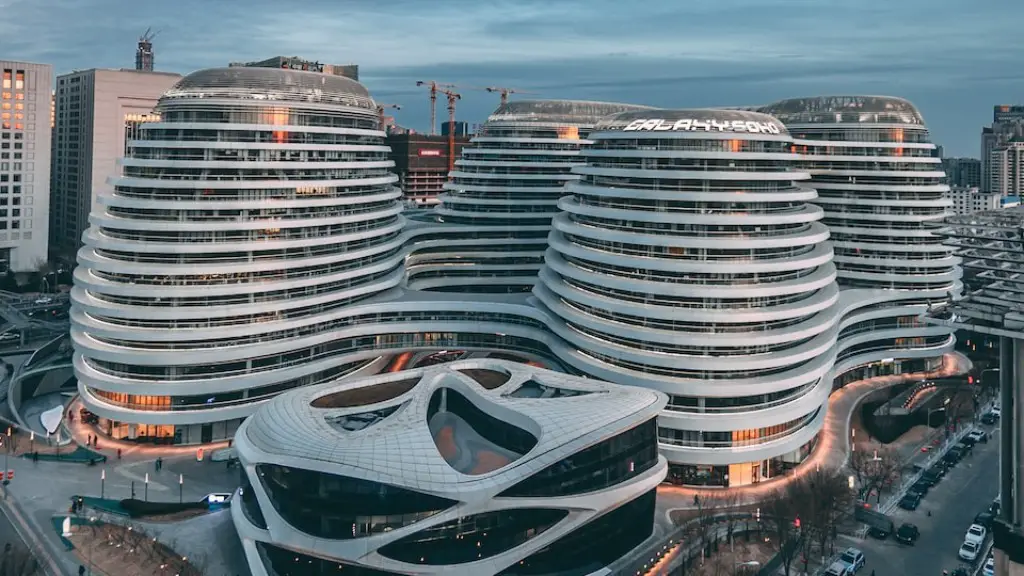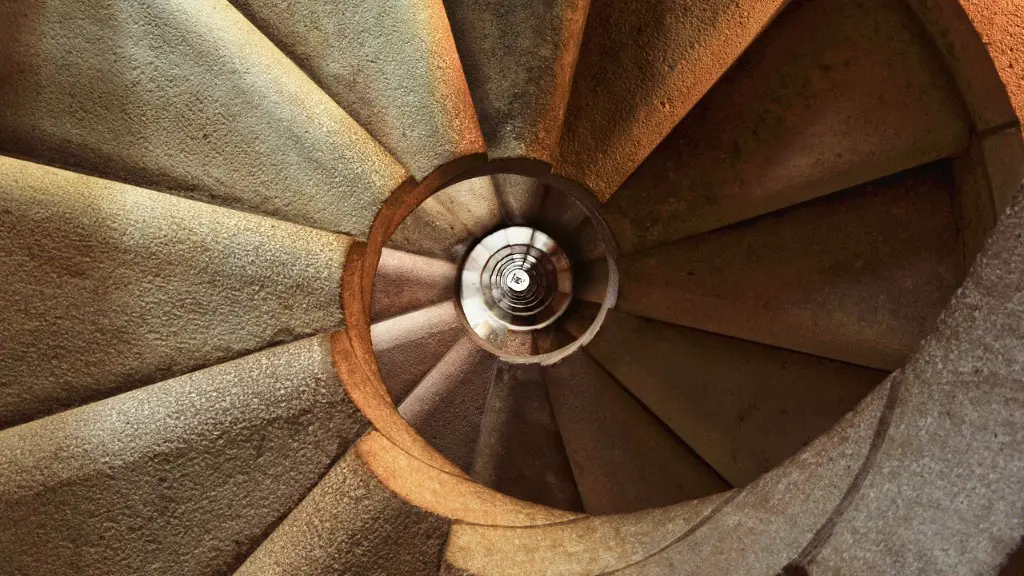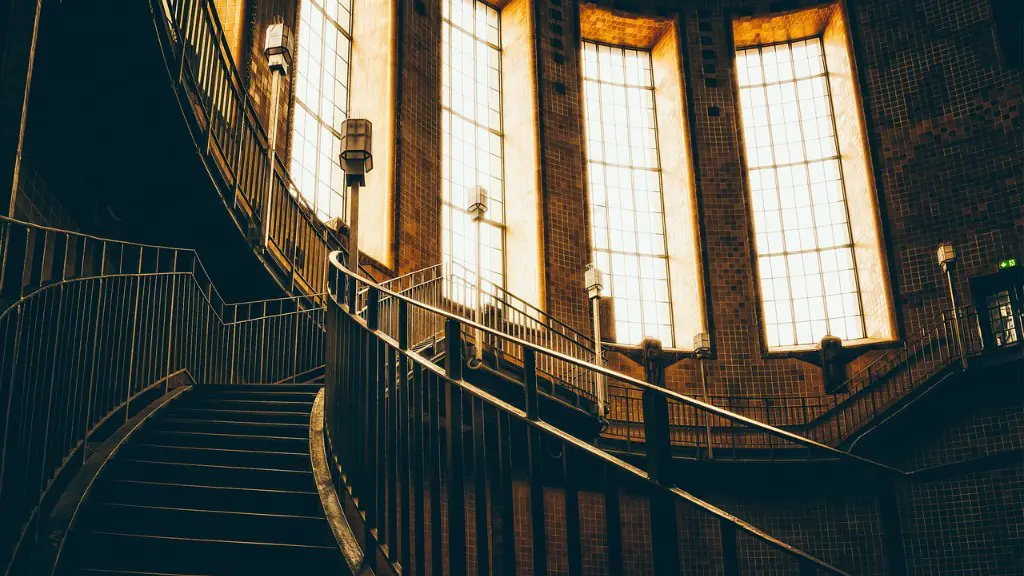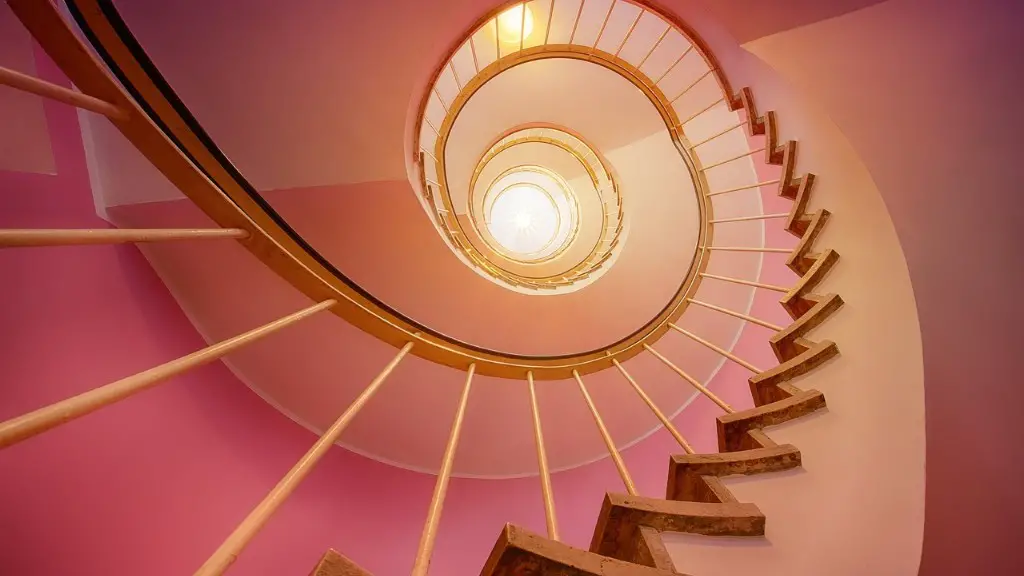Architecture and design have always been linked. In fact, one cannot be discussed without the other. But, what is architecture in contemporary arts? These days, architecture has come under the umbrella term of ‘contemporary art’, and it has been gaining traction in recent years.
Architecture in contemporary art is the combination of traditional design principles and new technologies. Unlike traditional architecture, which is often focused on a single function, contemporary art-architecture brings multiple uses together. It is an exploration of shape, form, and colour, but also of new materials, such as concrete or steel. It explores the possibilities afforded by a modern and constantly changing world.
The work of contemporary art-architects is often multi-functional, allowing for a variety of uses. This could include accommodating multiple spaces within a single-structure, or creating a space that can be used for functions beyond what is typically found in traditional architecture. It is not limited to residential or commercial buildings but can also be found in public spaces, monuments, and sculptures.
What makes contemporary art-architecture so interesting is its interdisciplinary approach. It combines various traditional design elements, such as light, materials, and scale, with modern technologies and approaches to create a new visual expression. This approach allows contemporary art-architects to create unique and sometimes even controversial designs.
The impact of contemporary art-architecture is wide reaching and can be seen in cities all over the world. For instance, in London, the Shard and Gherkin, two of the most iconic structures, are examples of this approach. In New York City, the High Line, an elevated railway converted into a public walkway, demonstrates how a space can be re-purposed into something much more than a simple transportation artery.
Contemporary art-architecture is not only seen in physical structures, but also in digital forms. Digital art-architecture is a term used to describe how new and emerging technologies are incorporated into public and private spaces, as well as how digital works of art are created and experienced in virtual environments. This is done through 3D modelling and animation, virtual reality, and augmented reality.
Contemporary art-architecture has become an integral part of many cities around the world. These works of art and design are reflections of the changing world we inhabit. Not only do they have aesthetic value, they also have functional value, allowing people to interact with their built environment in new and exciting ways.
Benefits of Contemporary Art-Architecture
Due to its multi-functionality, contemporary art-architecture has multiple benefits. The main benefit is its versatility. By being able to incorporate various elements and technologies, an artist-architect can produce works of art which are functional, aesthetically pleasing and innovative.
Another benefit is the ability to create public spaces. By transforming existing architectures and public spaces, artist-architects can create more engaging and enjoyable environments for people to inhabit. Such public spaces also act as havens for musical, theatrical and other cultural events.
A third benefit is that it can help promote sustainability. By utilizing existing materials and structures, artist-architects are able to create sustainable and environmentally friendly designs. By taking this approach, they can reduce the amount of waste they produce, while also helping to reduce the overall carbon footprint.
Contemporary art-architecture can also help to promote local businesses. By creating unique and interesting designs, artist-architects can help to attract more people to the area, which will in turn lead to increased foot traffic and increased business.
Finally, contemporary art-architecture can help to inspire people. By transforming spaces through creative and innovative designs, artist-architects can bring beauty and inspiration to the people around them.
Challenges of Contemporary Art-Architecture
Despite its benefits, contemporary art-architecture comes with certain challenges. The most significant is the cost. Due to its bespoke nature and the use of specialised materials and technologies, contemporary art-architecture can be quite expensive. This means that it is not always possible to find the required budget for the project.
Another challenge is the need for more collaboration. Because contemporary art-architecture is so complex and multi-faceted, it requires a greater level of collaboration between architects, engineers, landscape architects, and other professionals in order to successfully complete projects.
The lack of appreciation and understanding of the value of contemporary art-architecture is also a challenge. Many people are still stuck in a traditional mindset when it comes to architecture, and they are reluctant to embrace new approaches. An understanding of the aesthetic, environmental, and social value of contemporary art-architecture is crucial to its success.
Finally, contemporary art-architecture requires a considerable amount of research and experimentation. Artist-architects must be willing to explore new materials and technologies in order to create something fresh and inspiring. This process can be time consuming and the results may not always be successful, which can be a disheartening experience for the artist-architect.
Potential Impact of Contemporary Art-Architecture
The potential impact of contemporary art-architecture is immense. It has the power to transform urban landscapes, create inspiring public spaces, and bring together elements from traditional and contemporary approaches to design. It is also a form of expression, allowing artists-architects to explore new ideas and push boundaries.
Through contemporary art-architecture, we can blur the lines between art and design and create works which bridge the gap between the two disciplines. By doing so, we can help to create experiences that are engaging and inspiring, while also being functional and sustainable.
Contemporary art-architecture is also a driver of innovation. By exploring new materials, technologies, and approaches, it can help to provide solutions to real world problems. This could lead to cheaper, more efficient, and more sustainable structures and public spaces.
In addition, contemporary art-architecture can also help to promote cultural heritage and identity. By using traditional materials and designs, while also incorporating traditional customs and symbols, we can generate meaningful works of art that show a strong sense of cultural identity.
Finally, contemporary art-architecture has the potential to influence the way people experience their environment. By creating memorable and unique spaces, artist-architects can help people to be more engaged with their built environment and the wider community.
Why Is Contemporary Art-Architecture So Popular?
Contemporary art-architecture has gained popularity in recent years due to its versatility and potential for innovation. By combining traditional and modern approaches to design, artist-architects can create bespoke works which are both functional and aesthetically pleasing. This appeals to many people, as it allows them to be more creative and explore their own individual style.
In addition, contemporary art-architecture is attractive to those who want to make a positive impact on the environment. By utilizing sustainable and energy efficient materials and technologies, artist-architects can create structures which are more environmentally friendly and which help to promote sustainability.
The widespread availability of digital technologies has also led to an increase in popularity of contemporary art-architecture. With the increased use of 3D modelling, virtual and augmented reality, artist-architects can explore new and exciting designs, while also providing people with an immersive experience.
The final reason why contemporary art-architecture has become so popular is due to its ability to promote culture and identity. By taking the time to research and understand a particular culture, artist-architects can create meaningful and unique works which express the cultures and traditions of a certain place.
Conclusion
Contemporary art-architecture is an increasingly popular field which combines traditional design principles with modern technologies. Its potential is wide-reaching, as it has the ability to transform urban landscapes, create inspiring and functional public spaces, promote sustainability, and promote local culture. Furthermore, its popularity is due to its versatility and potential for innovation. The possibilities for the future of contemporary art-architecture are exciting and it will continue to transform the built environment into something more livable, enjoyable, and sustainable.
